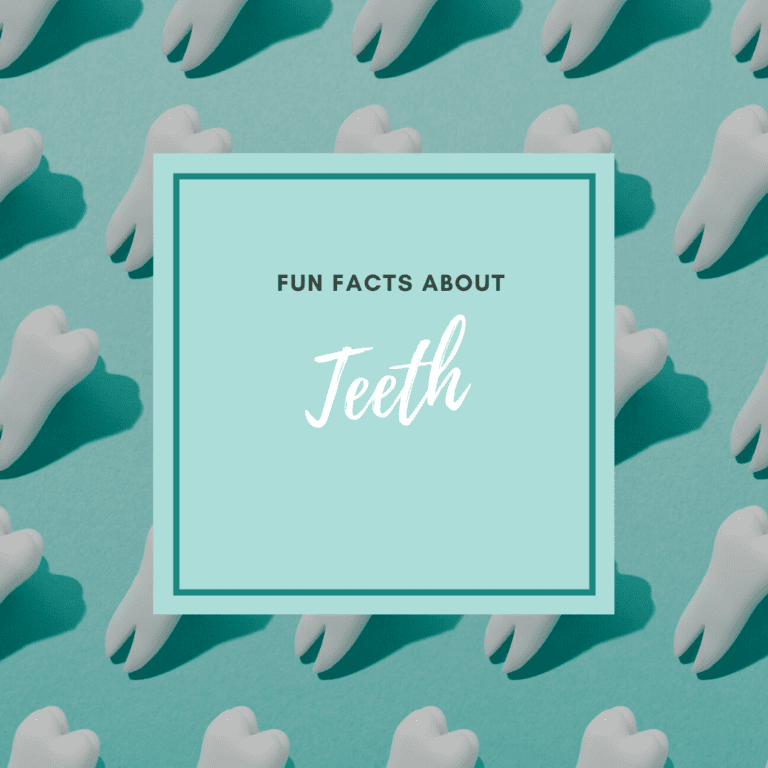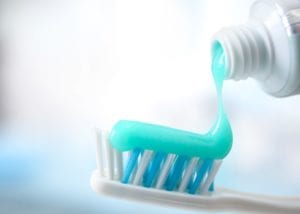Fun Facts About Teeth

Although going to the dentist may not be the most exciting part of your day, there are so many interesting things about dentistry and your teeth that you may or may not know. Here are some of the most interesting facts:
Teeth & Tooth Decay

- Contrary to popular belief, teeth are not bones. Unlike bones, teeth cannot repair or replace themselves. Additionally, teeth are composed of enamel, which is stronger than any other substance in the body, including bones.
- The amount of bacteria in your mouth out numbers the amount of people on the earth. Not only that, but dental plaque contains around 300 different species of bacteria. While brushing and flossing both remove plaque, new plaque will begin to develop about four hours after your last brushing.
- As many as 78% of Americans have at least one cavity by the time they turn 17.
- Humans produce enough saliva over the course of their lifetime to fill up two swimming pools. Saliva helps to prevent tooth decay by removing food debris and neutralizing acid to protect the enamel.
Gums & Gum Disease
- Adults over the age of 35 lose more teeth to gum disease than they do to tooth decay. This is because gum disease affects more than just your gums. In fact, gum disease not only causes tooth loss, but it can also lead to the deterioration of your jawbone.
- People who smoke or use tobacco products are 2-7 times more likely to develop gum disease.
- As many as 95% of Americans who have been diagnosed with diabetes are also diagnosed with gum disease. This is a common example of the relationship between oral and overall health.
Dental Habits

- Many people brush their teeth too hard with the belief that it makes their teeth whiter. Unfortunately, brushing hard does not remove stains and actually damages your tooth enamel. Furthermore, brushing too hard also causes your gums to pull away from the teeth. This is called gum recession.
- As many as 25% of adults don’t brush twice a day, while as many as 33% of adults don’t floss daily. Skipping parts of your oral routine allows more plaque to form, which increases the risk of tooth decay and gum disease.
- The first toothbrushes used hair from horses, hogs, or badgers to make bristles. These were used for hundreds of years until nylon bristles were invented in 1938. Today’s modern toothbrushes generally contain around 2,500 individual nylon bristles grouped into 40 tufts. When it comes to buying toothbrushes, more people prefer to buy blue over red.
- People who are right-handed don’t only use their right hand to write, but they also generally use the right side of their mouth to chew. Conversely, people who are left-handed generally use the left side of their mouth to chew.
- Tooth decay is the number one chronic childhood disease. Although tooth decay in children was not common in the past, it has become increasingly common with the amount of sugar being consumed. A can of soda alone contains about 10-12 teaspoons of sugar, while it is only recommended to consume 4 teaspoons of sugar a day.

Dr. Deborah TabbPatients at Bethesda Family Dentistry benefit from the knowledge and experience that only comes from a diverse team. From general dentistry to endodontic, periodontics, and cosmetic dental services, this Bethesda, MD clinic is ready to be the only source you need for all your oral health needs.





Recent Comments